Eureka Pink Lemon Tree: How To Grow Variegated Pink Lemon Trees
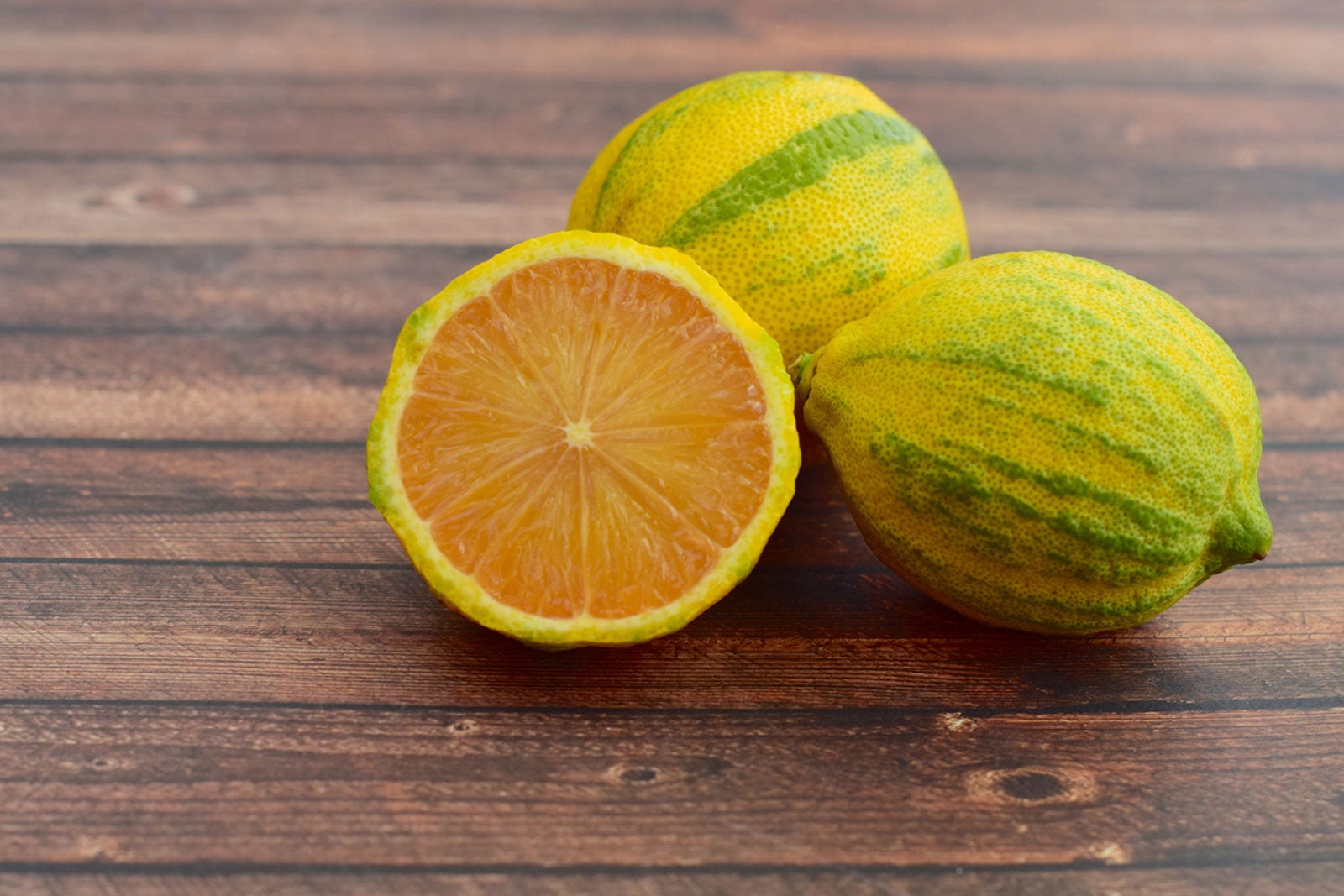

Fans of the quirky and unusual will love the Eureka pink lemon tree (Citrus limon 'Variegated Pink'). This little oddity produces fruit that will make you the host/hostess of the day at cocktail hour. Variegated pink lemon plants are beautiful and unique versions of the standard lemon tree. Their skin and flesh have a fascinating characteristic, but the tutti-frutti flavor makes the plant a true stand out. Keep reading for tips on how to grow variegated pink lemon.
What is a Eureka Pink Lemon Tree?
Variegated pink Eureka lemon is an ornamental treasure, both for its foliage and its fruit. The flesh of the lemon looks like a pink grapefruit; however, it doesn't yield pink juice. The juice is clear with the ghost of pink in it and has an amazingly mild flavor. You could almost eat one of these fruits out of hand without excessive puckering.
The variegated pink Eureka lemon tree is a medium sized citrus that translates well to container growing. It is suitable for gardeners in USDA zones 8 through 11 and was discovered around 1930. Northern gardeners can grow it in a container on casters and move it inside for winter.
The leaves are striped with cream and soft green, while the fruit has classic yellow skin but bearing stripes of green vertically at intervals. Cut one of the fruits open and a gentle pink flesh meets the eye. Older fruits lose the striping, so it's best to harvest the fruit while young.
How to Grow Variegated Pink Lemon
The variegated pink Eureka lemon tree practically grows itself! Start with rich, loose soil that drains well in a site that will get at least eight hours of sunshine daily. Trees are sold at two to three years of age. If you wish to plant in a container, choose one that is at least 16 inches (41 cm.) wide.
Incorporating small to medium bark helps increase drainage. For in-ground plants, loosen soil to twice the depth and width of the root ball. Back fill with just enough loose dirt so the plant sits even with the soil. Tease out the roots gently and set the plant in the hole, backfilling around the roots. Water in well. Keep well-watered as the plant adapts.
Variegated Pink Lemon Care
You should prune the pink Eureka every year. In the first years, prune to retain five to six stout bearing limbs. Remove smaller growth on the interior to promote air flow. Remove dead and diseased plant material immediately. Watch for pests and use appropriate treatments.
Gardening tips, videos, info and more delivered right to your inbox!
Sign up for the Gardening Know How newsletter today and receive a free copy of our e-book "How to Grow Delicious Tomatoes".
Feed the plant in late winter to early spring with a citrus specific fertilizer. Water the plant weekly, or more in extreme heat.
Harvest fruits when stripy and tangy or wait until the stripes disappear and reap a more mellow lemon. This is a very attractive and adaptable tree that will add ornamental interest to your landscape and your kitchen.

Bonnie Grant is a professional landscaper with a Certification in Urban Gardening. She has been gardening and writing for 15 years. A former professional chef, she has a passion for edible landscaping.
-
 Looking For Plants To Give You The Soft And Fuzzies? Try These 5 Fuzzy Leaf Plant Options
Looking For Plants To Give You The Soft And Fuzzies? Try These 5 Fuzzy Leaf Plant OptionsLovers of texture, drama, silver foliage and tactile plants will adore these special sensory garden additions. These fuzzy leaf plant options will leave you all aglow
By Susan Albert
-
 Get Ready For A Summer Of Hummers! Grow These Full Sun Hummingbird Plants and Flowers
Get Ready For A Summer Of Hummers! Grow These Full Sun Hummingbird Plants and FlowersIf you’re lucky enough to enjoy a sunny backyard, make sure you are maxing out on your pollinator opportunities and grow these full sun hummingbird plants and flowers
By Tonya Barnett
-
 Soft Lemon Fruit – Why Container Grown Lemons Have Gone Soft
Soft Lemon Fruit – Why Container Grown Lemons Have Gone SoftLemon trees produce marvelous fruit that is equally at home in sweet and savory recipes. But what happens if your lemons have gone soft? Lemons may get soft before they are ripe – be it soft lemons on a tree or soft lemon fruit that occurs during storage. Learn why here.
By Amy Grant
-
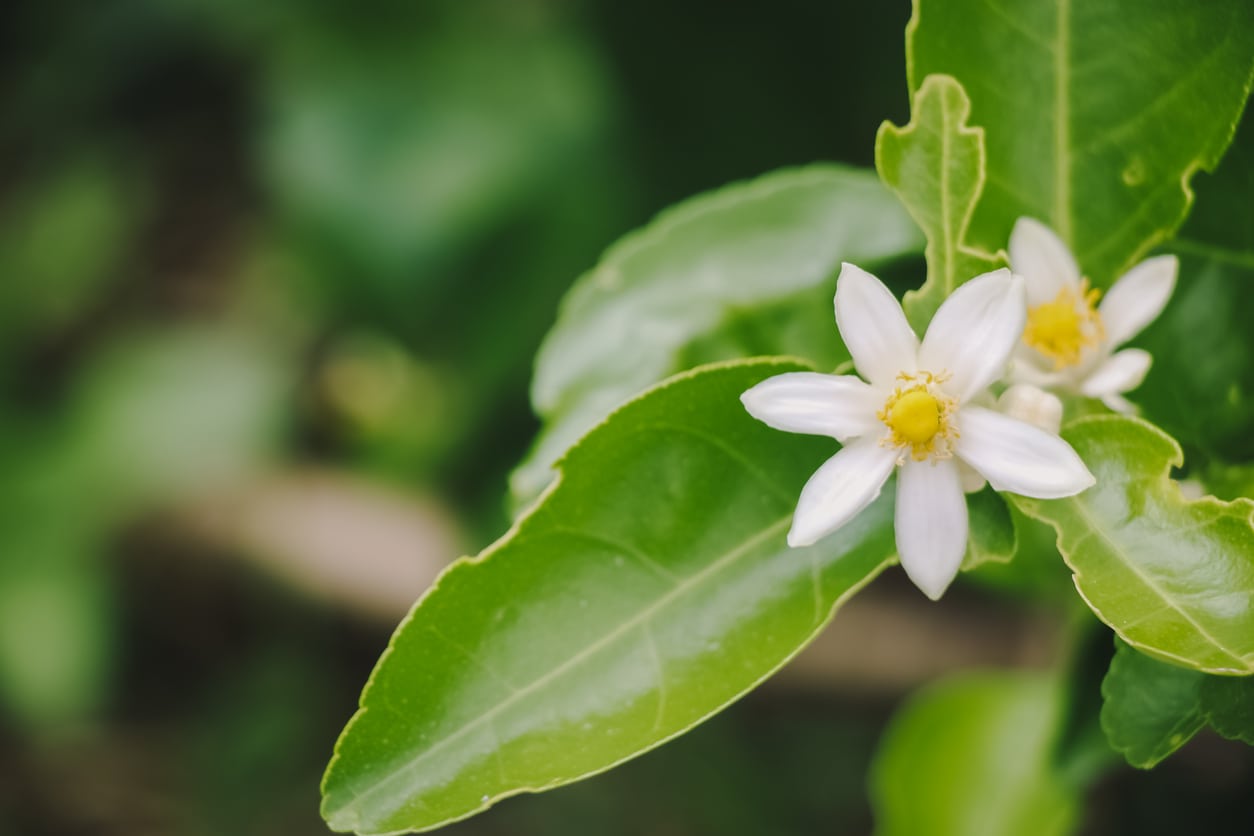 Lemon Blossom Drop – Why Is My Lemon Tree Losing Flowers
Lemon Blossom Drop – Why Is My Lemon Tree Losing FlowersEnvironmental consistency is essential to flower and fruit set of lemon trees. Any sudden change can cause fruit or flower drop on lemon trees. Have you found yourself wondering: why is my lemon tree losing flowers? Click on this article for more information.
By Darcy Larum
-
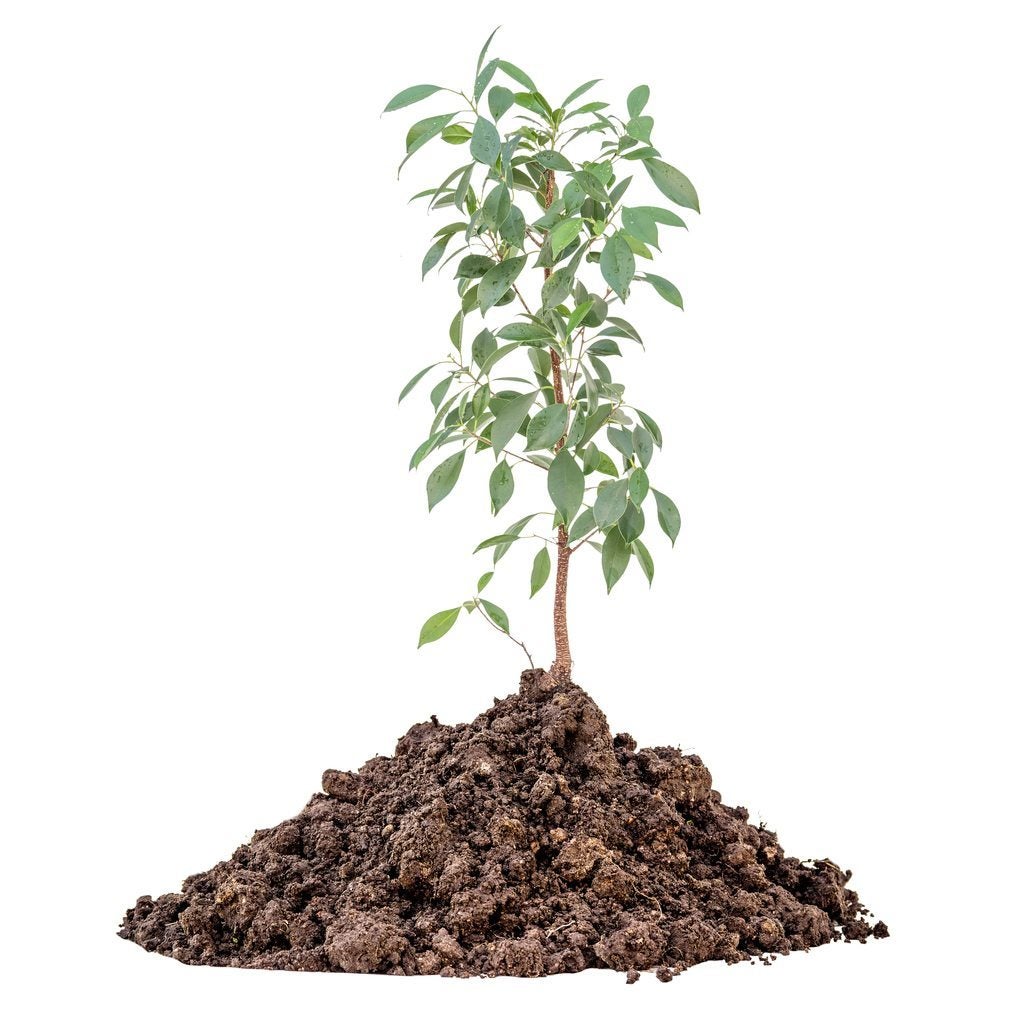 Transplanting A Lemon Tree – Best Time To Transplant Lemon Trees
Transplanting A Lemon Tree – Best Time To Transplant Lemon TreesLemon tree transplanting is a tricky prospect. Find out when the right time is to transplant lemon trees and other helpful information of lemon tree transplanting in this article before you take on this task. Click here for additional information.
By Amy Grant
-
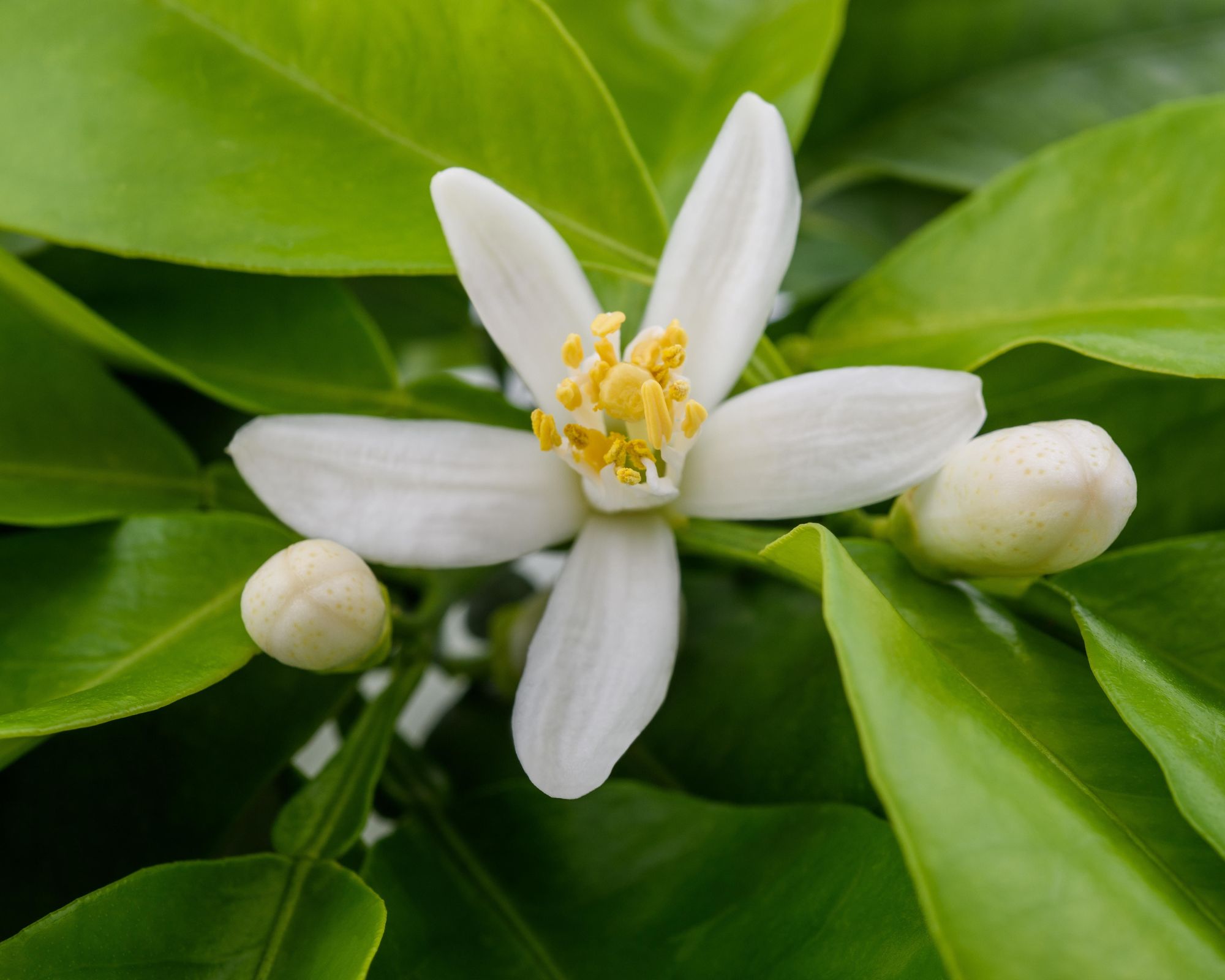 No Flowers On Lemon Tree – Tips For Getting Lemon Trees To Bloom
No Flowers On Lemon Tree – Tips For Getting Lemon Trees To BloomGrowing lemons is a tricky business, as one wrong move and you?ll find all your effort has been for nothing. Getting lemons to bloom is about balancing the plant?s needs. Learn about the various pieces in the blooming puzzle in this article.
By Kristi Waterworth
-
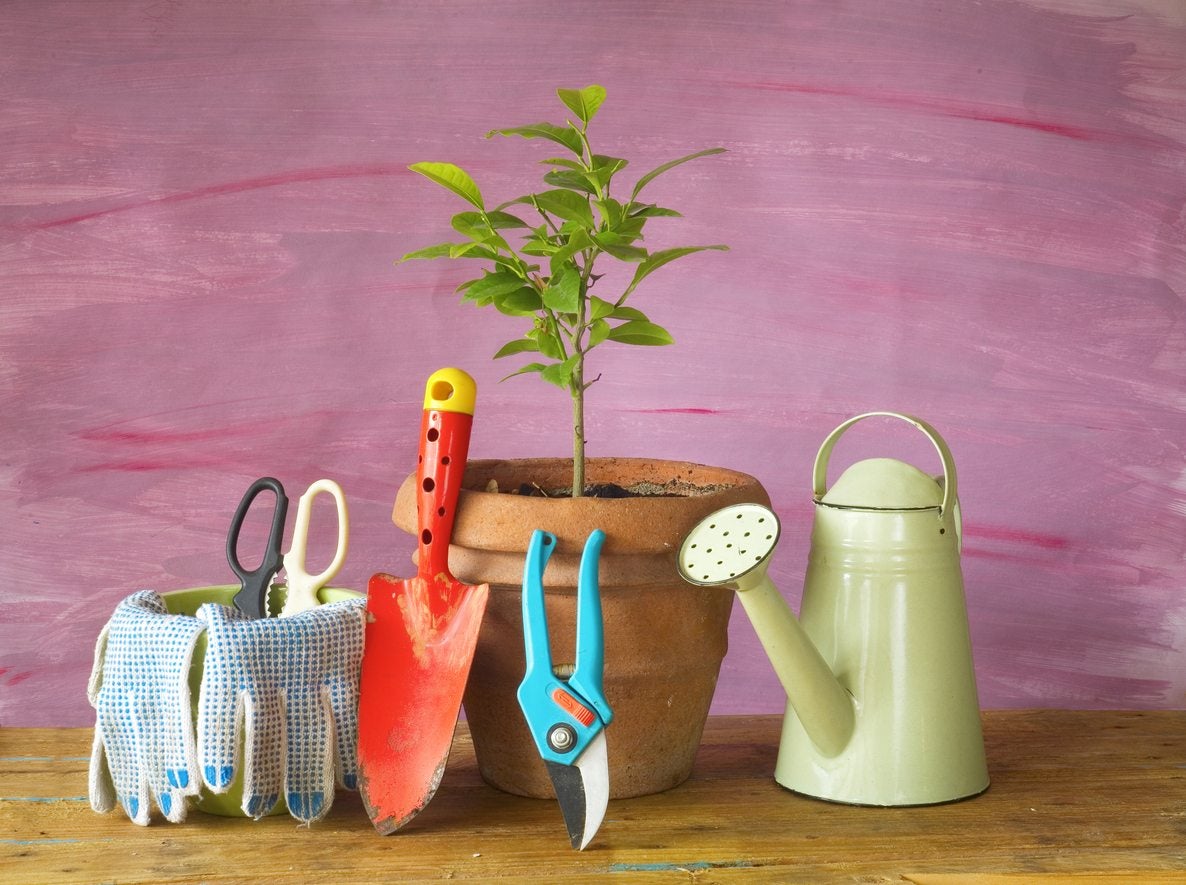 Repotting Lemon Trees: When Do You Repot Lemon Trees
Repotting Lemon Trees: When Do You Repot Lemon TreesLemon trees grown in pots eventually outgrow their containers. When do you repot lemon trees? Click on the following article to find out when the best time to repot lemon trees is as well as how to repot a lemon tree.
By Amy Grant
-
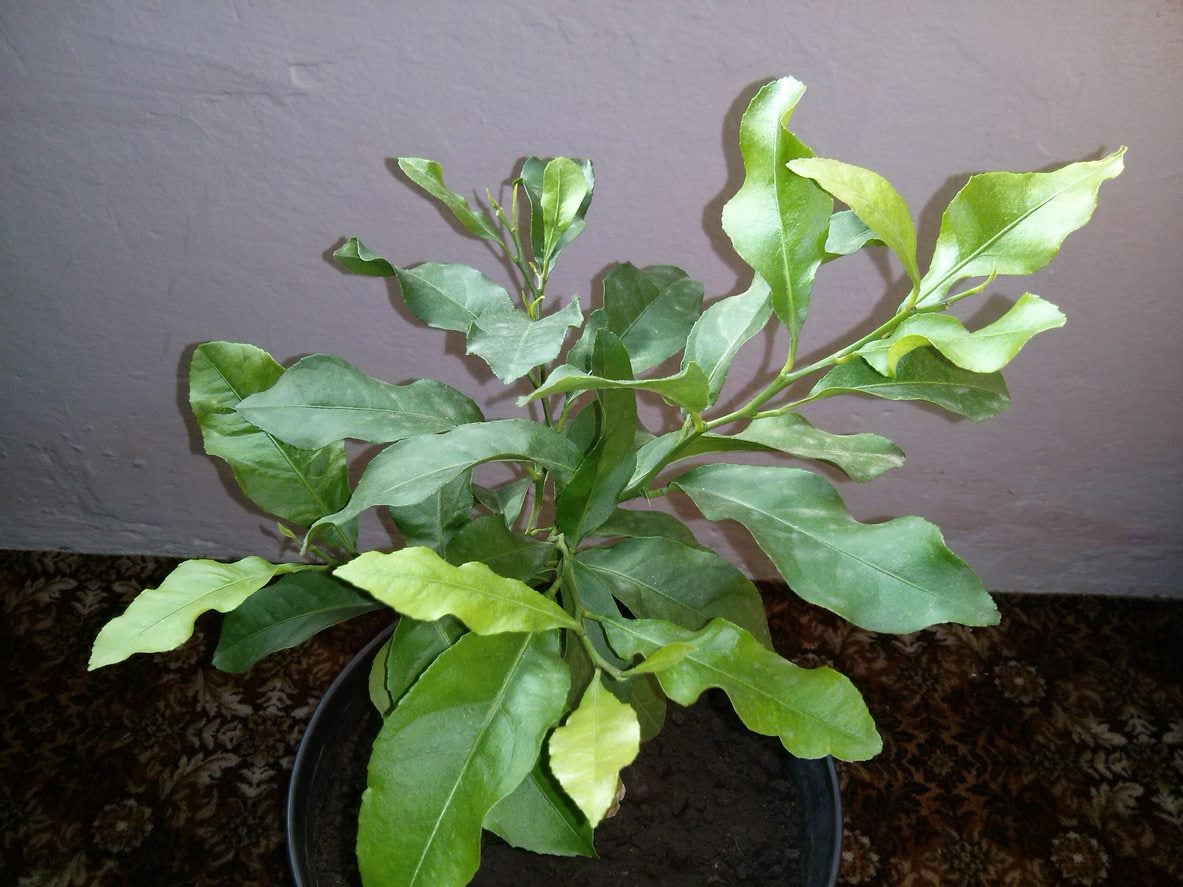 Yellow Lemon Tree Foliage – Why Did Lemon Tree Leaves Turn Yellow
Yellow Lemon Tree Foliage – Why Did Lemon Tree Leaves Turn YellowLemon trees are a great addition to the landscape, but sometimes your trees will develop problems like yellow leaves. This common issue can result from several different causes, but most are simple to correct. Click here to learn more about yellow lemon tree foliage.
By Kristi Waterworth
-
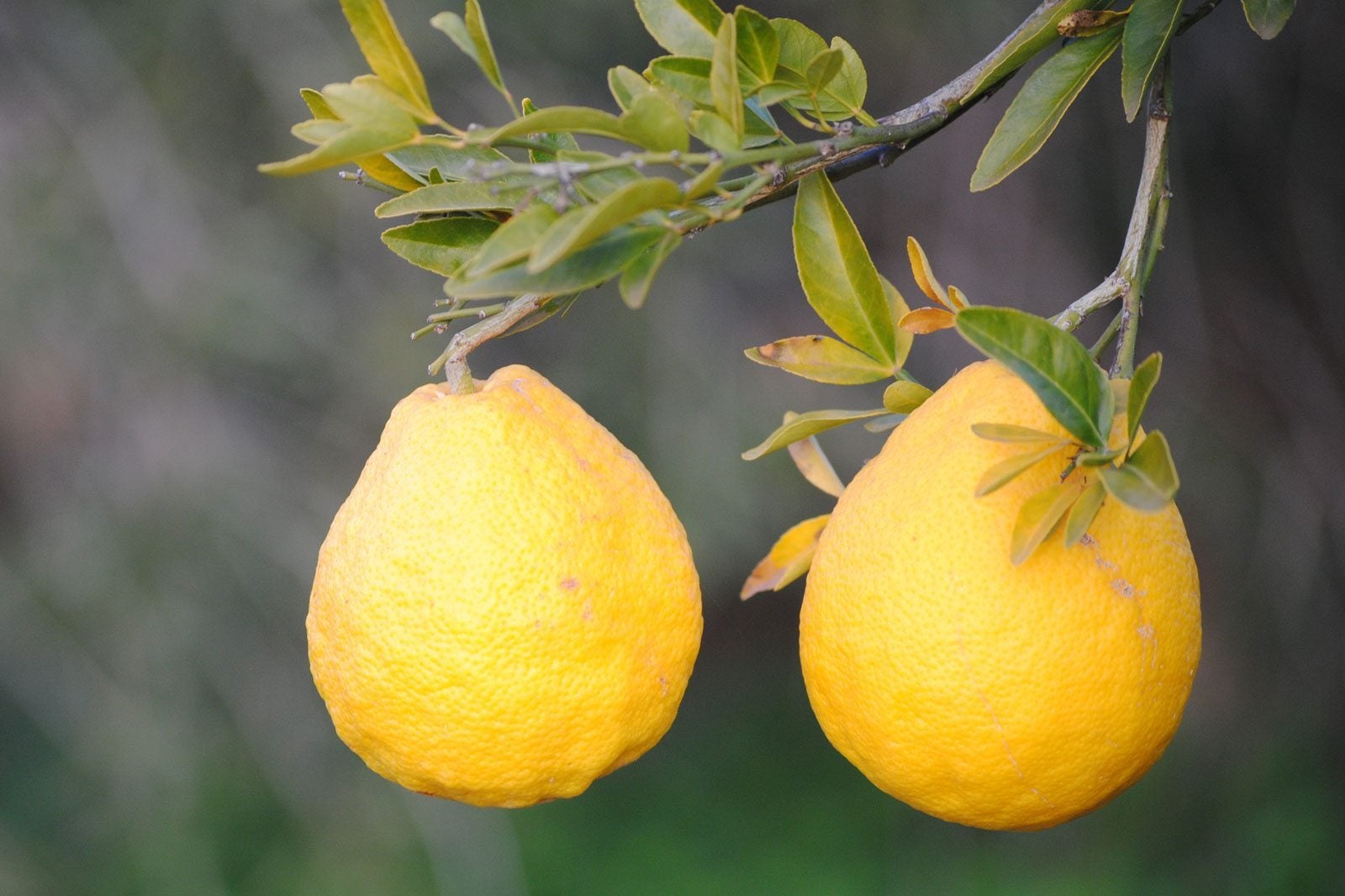 Sweet Lemon Information: Tips On Growing Sweet Lemon Plants
Sweet Lemon Information: Tips On Growing Sweet Lemon PlantsThere are a number of lemon trees out that claim to be sweet and, confusingly, several of them are just called "sweet lemon." One such sweet lemon fruit tree is called Citrus ujukitsu. Find out how to grow Citrus ujukitsu trees in this article.
By Amy Grant
-
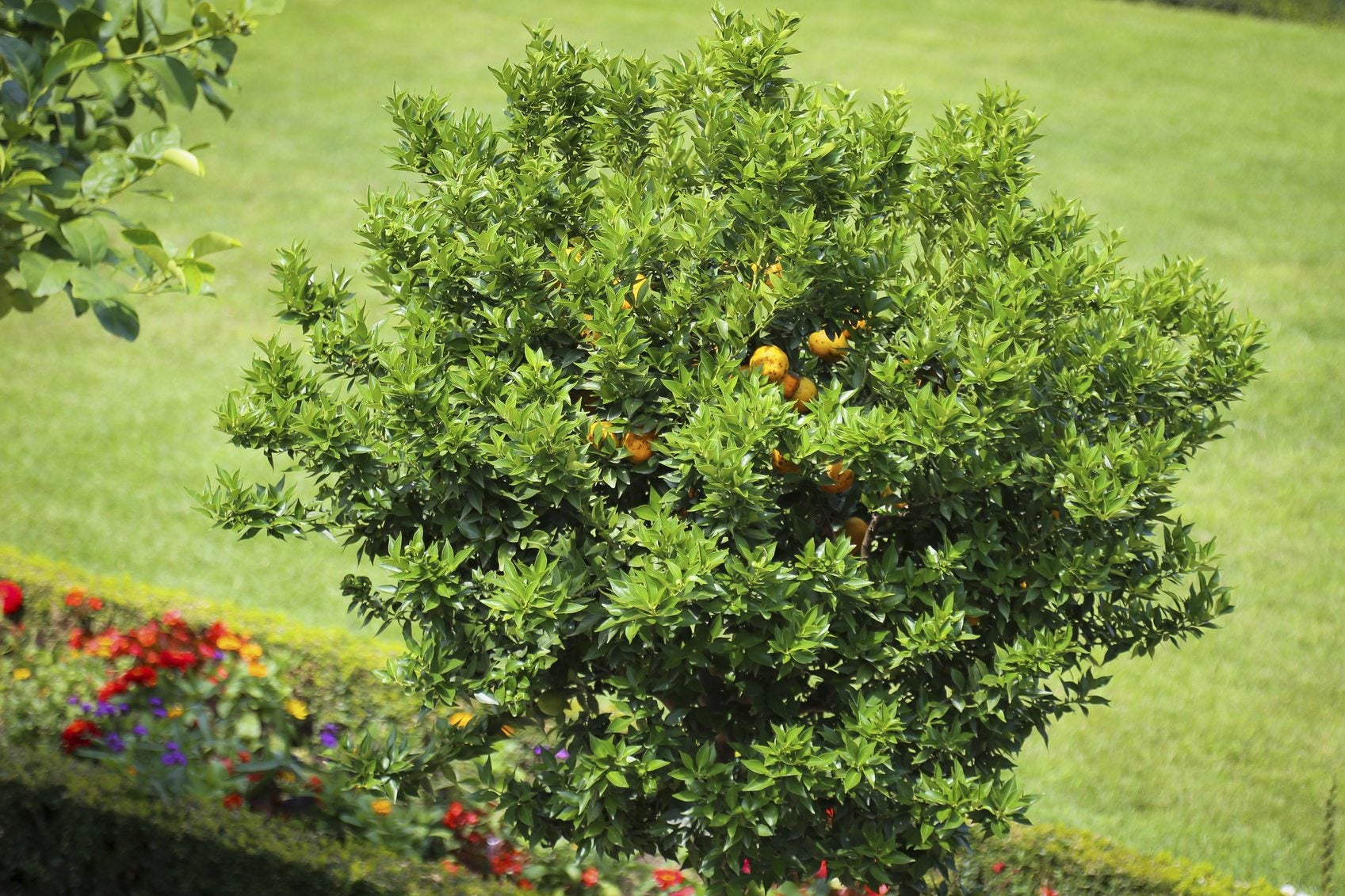 Lemon Tree Companions: Tips For Planting Under Lemon Trees
Lemon Tree Companions: Tips For Planting Under Lemon TreesPlanting under lemon trees can reduce weeds, enhance soil fertility, and reduce the need for pesticides and herbicides. You can also create a handy "kitchen garden" where herbs and other edible plants complement the recipes in which you use lemons. Learn more here.
By Bonnie L. Grant